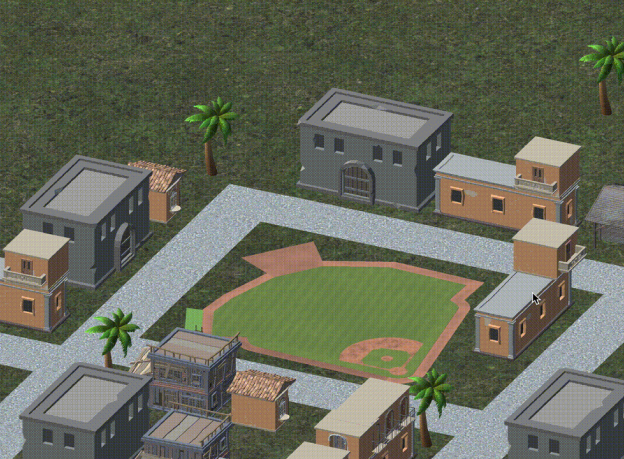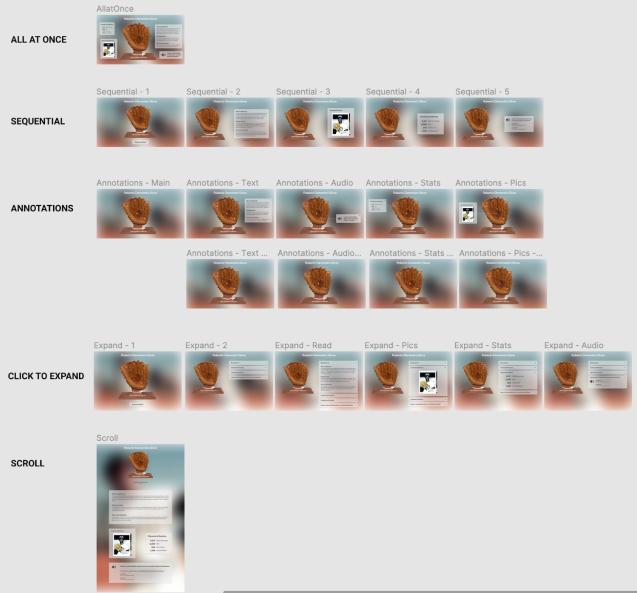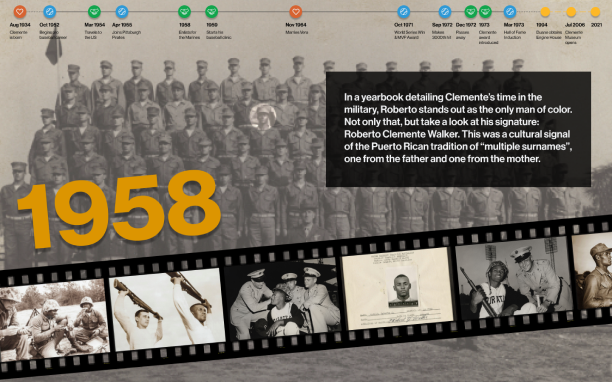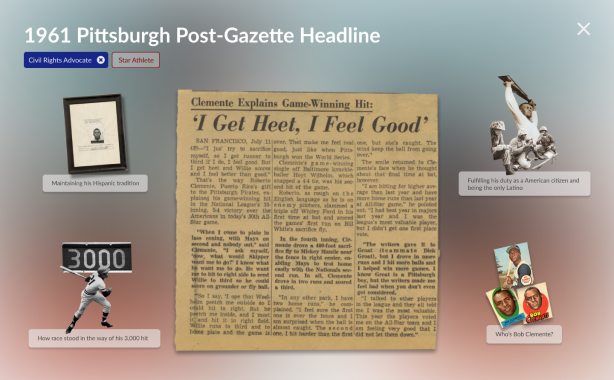Ideation
From Paper to Product
Throughout the design process, we needed to ideate several times to explore wide range of novel ideas to test.
One of the methods that we employed is called Crazy 8’s where each member of the team individually ideates at least 8 rapid ideas.
From here, we often voted or discussed next steps.This process was needed while we were deciding on the overall structure, how the artifact pages would look, and entry points into our experience.
One of the methods that we employed is called Crazy 8’s where each member of the team individually ideates at least 8 rapid ideas.
From here, we often voted or discussed next steps.This process was needed while we were deciding on the overall structure, how the artifact pages would look, and entry points into our experience.
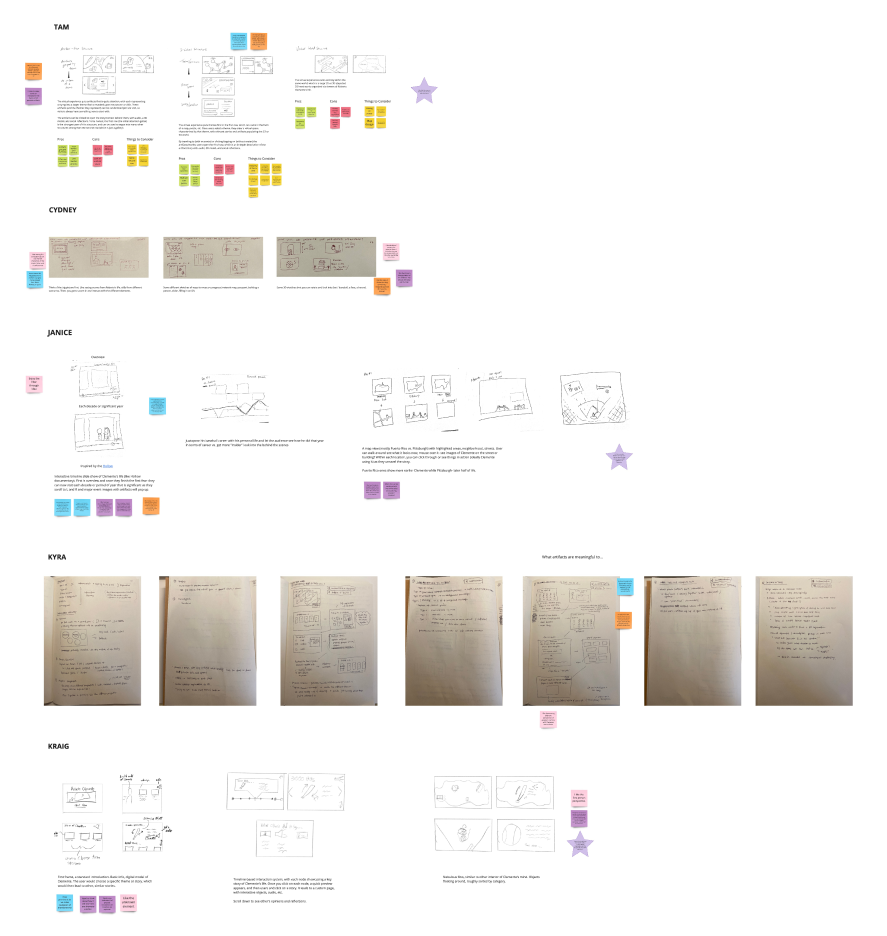
Opportunity Spaces
With our primary research, we saw that the most fundamental aspect to our type of museum experience is rich, relatable storytelling and discussion. Since our challenge is to deliver these stories remotely and virtually, we began building and testing pretotypes to test how we could combine interactive virtual elements with rich storytelling.
Exploring Virtual Exhibits
in Minecraft
(Generative Research 2021)
Pretotyping
To observe how people engage with museum-like virtual spaces, our team turned to one of the quickest rapid prototyping tools we could think of: Minecraft!
We crafted different rooms with artifacts, each with a different combination of narration and interactivity, letting people touch and move artifacts as well as trigger stories about them. Even in this blocky, low-fidelity world, people were hesitant to interact with the space and artifacts during our interviews. They brought with them the social inhibitions of real-world museums, even without consequences.
We crafted different rooms with artifacts, each with a different combination of narration and interactivity, letting people touch and move artifacts as well as trigger stories about them. Even in this blocky, low-fidelity world, people were hesitant to interact with the space and artifacts during our interviews. They brought with them the social inhibitions of real-world museums, even without consequences.
“When I knocked over the [virtual artifact], it felt as if I had done something wrong. I had to get out of there.”
“This place makes me feel like ‘look, but don’t touch.’”
“This place makes me feel like ‘look, but don’t touch.’”
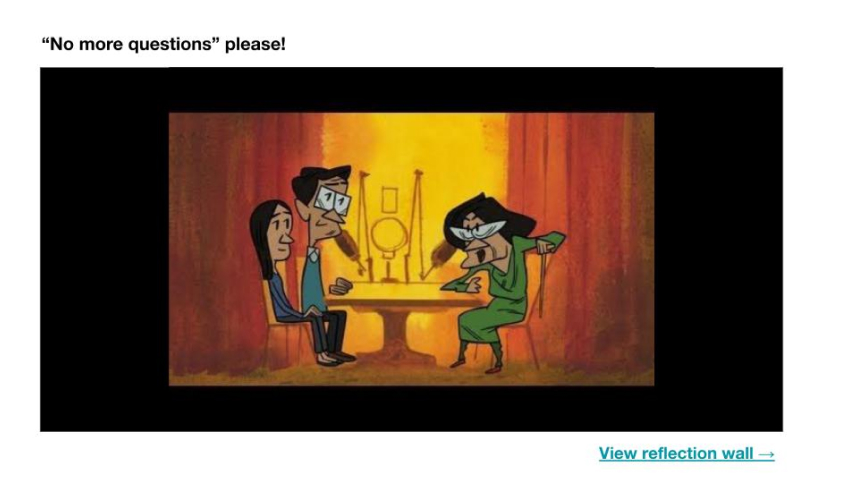
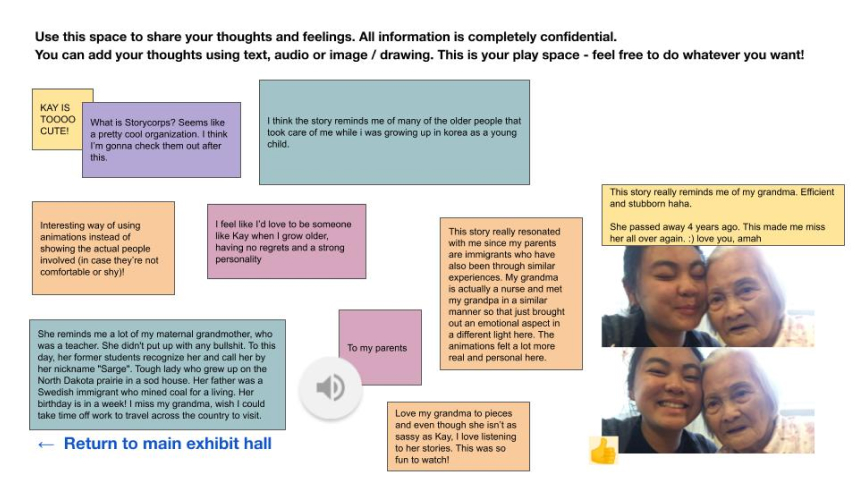
Fostering Virtual Discussion
(Generative Research 2021)
Pretotyping
To deepen our exploration of how people might engage with virtual exhibits, we drew on inspiration by an integral behavior noted in our primary research: 7 out of 8 of those interviewed noted they favored going to museums with friends, and talking about what they experienced.
To preserve that less tangible but key aspect of museum visitation, we created a pretotype that offered a space for both live and asynchronous reflection and commenting over a shared multimedia experience.
To preserve that less tangible but key aspect of museum visitation, we created a pretotype that offered a space for both live and asynchronous reflection and commenting over a shared multimedia experience.



